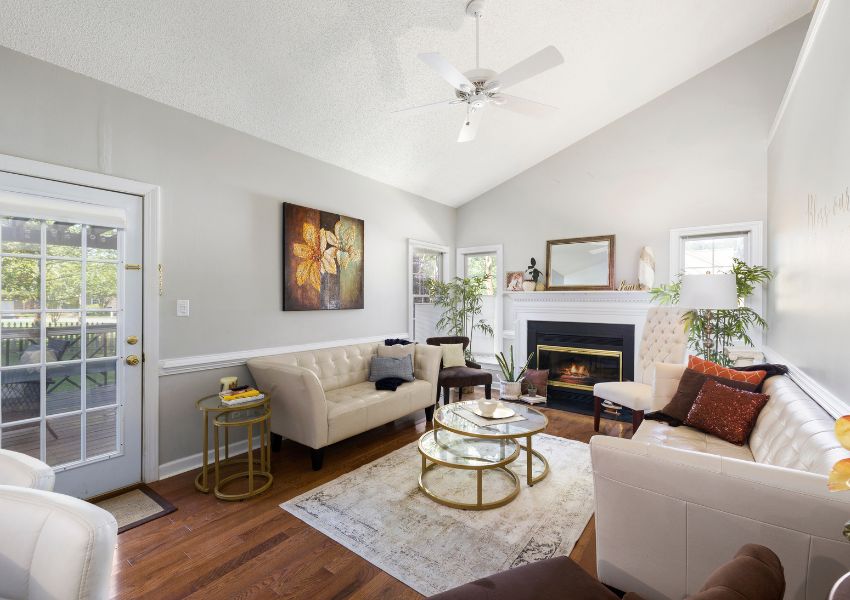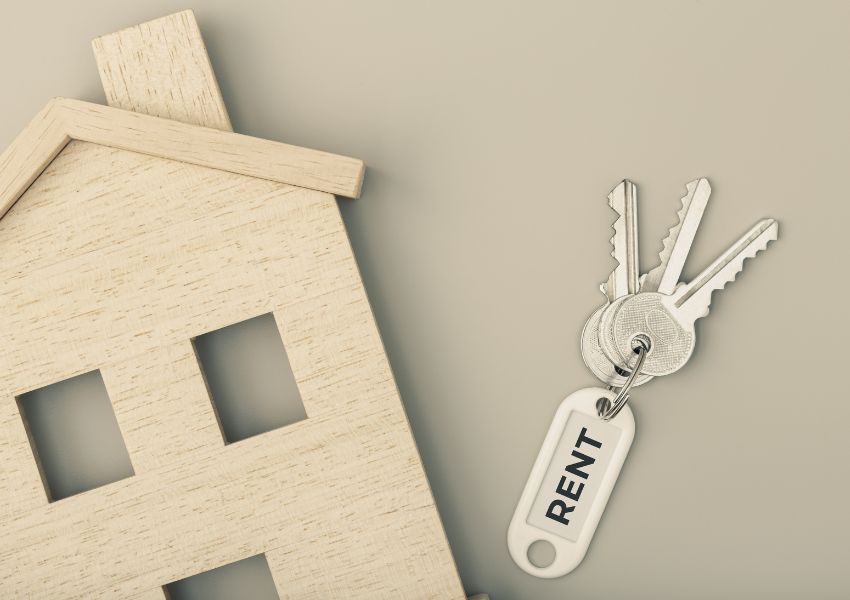
Furnishing is one of the toughest decisions you’ll have to make as a landlord and a term you should be familiar with. Traditionally, heat, energy, and water were the only utilities that landlords needed to provide to their tenants. But times have changed.
To stand out as a landlord, you need to offer additional perks to cater to the current tenant. And one way of doing that is by offering tenants a furnished home. For some tenants, the hassle of having to move furniture once the lease expires is a stressful one.
For others, like students and certain professionals, renting a fully furnished apartment tends to make sense as they may only be staying on a short-term basis.
With that in mind, is the extra financial investment going to be worthwhile for a landlord? Well, this is what we at Taylor Street Property Management aims to address.
What Makes a Furnished Home
A furnished home is just that – one that comes with the furniture a tenant needs to live in the space. But what exactly does a furnished home include?
As a landlord, that’s entirely your decision to make, although there may be some guidelines to follow. Generally speaking, the following are some basic items that a furnished home should contain.

- Kitchen: including things like dishware and cooking utensils, a stove, a refrigerator, an oven, a microwave, a coffee maker, and a toaster.
- Bedroom: including a bed, a dresser, and a nightstand. Other items may include a chest of drawers, sheets, and comforters, but not always.
- Living Room: furnishings may include a coffee table, sofas, a TV, and an end table. Other items may include rugs, electric lamps, bookshelves, and chairs.
- In the bathroom, there may be items like a floor mat and a shower curtain.
The list isn’t exhaustive. Some landlords may choose to expand on that list whereas others may choose to provide fewer items.
Who Rents Furnished Properties
While furnished homes appeal to a broad range of tenants, the target renter is usually either a student, expatriate, or tourist. They are people that want to stay somewhere long enough to want more than a hotel room but are not looking to stay any longer than a year.
For such a tenant, purchasing furniture only to use it on a short-term basis may not make sense. What’s more, moving is one of life’s major stressors. Some studies even rank it up there together with divorce or separation.
The Pros of Renting a Furnished Property
Charge More Rent
A furnished home provides an occupant with convenience. That’s why people will be willing to pay a premium just to enjoy the ease and convenience that living in a furnished home provides.

Conduct a comparative market survey to find out how much exactly you should charge your tenants.
Higher Security Deposit
Providing tenants with more furniture will invariably mean more risk for you. As such, to cushion yourself against potential damage, it’ll be in your interest to charge a higher security deposit.
That said, please note that you cannot ask for more than the equivalent of one and a half months’ rent as a security deposit in Arizona. If you’re charging tenants a monthly rent of, say, $2,000, then you must not charge more than $5,000 as a security deposit.
Save On Your Taxes
Taxes are expenses, and the lower you have them the better. Now, furniture is a depreciable asset which means it qualifies for a tax deduction. Consult a property manager to know how much tax deduction you may qualify for.
Faster Marketing
Unlike a vacant home, a furnished home will look more appealing in both the photos in the rental ad, as well as during the actual property showing and marketing process.
The Cons of Renting a Furnished Property
Additional Expenses
Furnishing your property will mean an additional expense on your part. What’s more, they are also the added risk of property damage.
In general, providing a furnished property will mean having more items to manage which will add to your maintenance schedule.

Shorter Occupancy Periods
Tenants who are looking to rent a furnished property will not rent long-term on a typical basis. Many look to rent a property only on a short-term basis, running for a couple of months only.
Shorter occupancy periods may not be good for your bottom line. That’s because you’ll incur re-rental costs every so often. Examples of such costs include cleaning fees, advertisement costs, and screening costs.
So, while you may be able to charge more rent, you’ll need to work header and more often to ensure your property is filled up with renters.
Bottom Line
The following are some questions you may want to ask yourself if you are considering whether to rent your property furnished or otherwise.
- Does demand exist for furnished homes in the area you live in?
- Will you be able to charge more judging from the market analysis?
- How will you be able to find quality tenants that will care for your home?
Ultimately, your decision should boil down to the specific market you’re targeting. Furnished homes usually flourish in areas near colleges, airports, and near popular attractions. That said, it isn’t without challenges, such as the increased risk of property damage.
If you’re looking to rent out a furnished home in Phoenix, Taylor Street Property Management can help. Our property management experience, resources, and dependable contacts will help you maximize your income by helping you make the right decisions.

